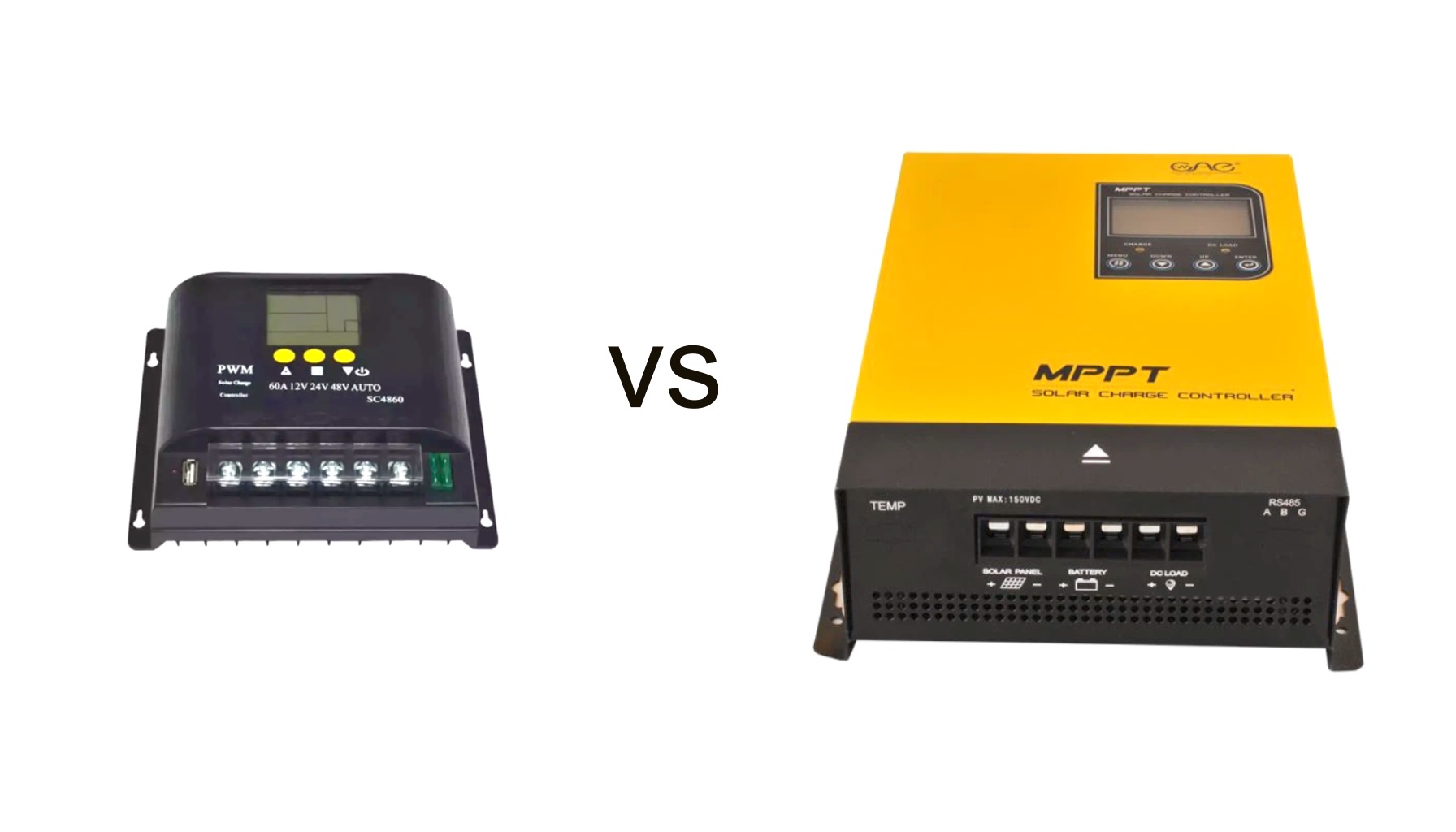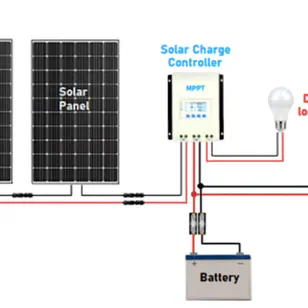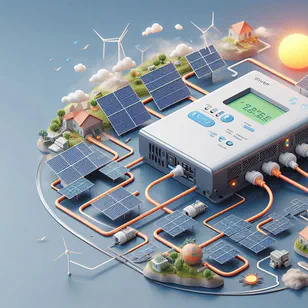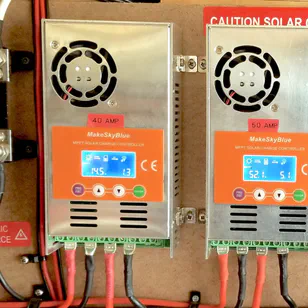Introduction
When setting up a solar energy system, choosing the right charge controller is critical. The question of PWM vs. MPPT often arises, and while it may seem straightforward, it’s a frequent source of confusion. At first glance, many assume PWM (Pulse Width Modulation) is just as effective as MPPT (Maximum Power Point Tracking), but the reality is quite different.
What is a Solar Charge Controller?
A solar charge controller is a device that regulates the energy collected by solar panels before it is converted into usable AC voltage (220-230 volts). Whether it’s a standalone device or integrated into modern solar inverters, its role is crucial for system efficiency and energy management.
There are two primary technologies for harvesting energy from solar panels: PWM and MPPT. Let’s break them down:
PWM: The Old Guard
PWM technology was the first to hit the market. While it’s better than nothing, PWM has become outdated in modern solar systems. Its efficiency levels are significantly lower than those of MPPT controllers, meaning you’ll need more panels and more roof space to achieve the same output.
MPPT: The Clear Winner
MPPT technology, on the other hand, offers up to 30% more energy from the same number of solar panels. By maximizing the power output, you can save money on panel costs and minimize roof space requirements. In other words, MPPT controllers allow you to generate more energy from fewer panels, making them ideal for both residential and commercial solar installations.
If your goal is to optimize your solar energy system, MPPT is the way to go. Whether you’re working with low-voltage or high-voltage setups, MPPT is always the better choice for efficiency.
PWM: When Is It Still Useful?
The only scenario where PWM might be a viable option is if, for some reason, you cannot access MPPT technology. However, this should be considered a temporary solution until you can upgrade to MPPT.
It’s worth noting that some solar inverters come with built-in PWM controllers. While these might be cheaper, they are not suitable for solar energy collection. If you’re looking for a reliable UPS solution, such inverters can work well, but they’re not recommended for solar energy systems.
Stay Informed About Solar Tech
In tomorrow’s post, we’ll discuss the different types of MPPT controllers, including low-voltage and high-voltage models, and explore the nuances of connecting solar panels to them.
In conclusion, when building or upgrading your solar system, PWM controllers might seem attractive due to their lower price, but their outdated technology can’t compete with the superior efficiency and cost savings offered by MPPT.
For more information on inverters and solar systems, check out our guide to inverter types and applications .




